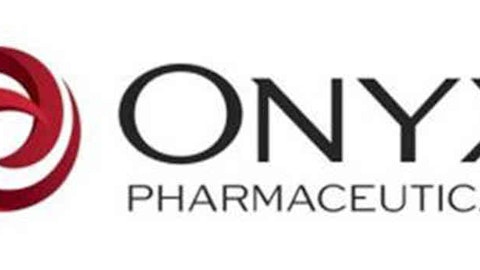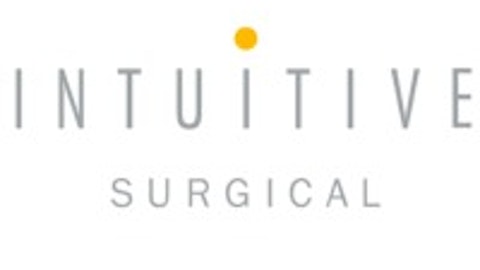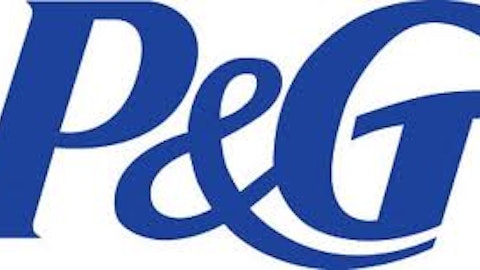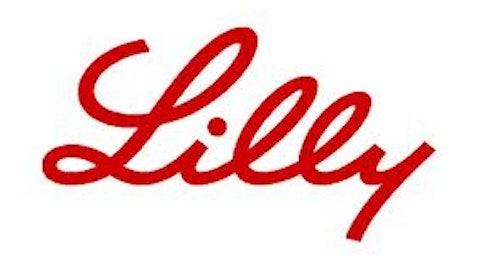There have been numerous successful turnarounds for companies after their old CEO’s have been hired back. But for every successful company like Apple Inc (NASDAQ:AAPL), there have been companies like Dell Inc. (NASDAQ:DELL) where the comebacks couldn’t bring about success.
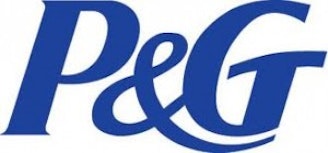
Ackman pressure and earnings report
The now ex-CEO Bob McDonald’s turnaround efforts weren’t showing any improvements, and the company also reported lackluster results for the quarter ended March 2013. Activist investor Bill Ackman — who owns the hedge fund Pershing Square — has slightly less than 28 million shares of P&G.
It is speculated that Ackman pressured the company into removing McDonald. What could have led Ackman do this? The March 31 quarter reported a slight increase in organic sales of about 3%. Profits were reported to be approximately $2.6 billion, up from $2.4 billion reported for the same quarter last year. Shares, which were trading at an all-time high of $82.54, fell about 5% after the poor earnings report. A few reasons for P&G “under-earning,” as described by Pershing Square, are listed below:

Source: Pershing Square
Competitors and the road ahead
P&G has been facing stiff competition from the likes of Colgate-Palmolive Company (NYSE:CL), Johnson & Johnson (NYSE:JNJ), Unilever N.V. (ADR) (NYSE:UN) and L’Oreal.
Colgate-Palmolive Company (NYSE:CL) offers a wide variety of home products, but its major business segment has been the oral care industry. For the same quarter during which P&G reported lackluster earnings, Colgate-Palmolive Company (NYSE:CL) reported earnings of $1.32 per share, up from $1.24 for the same quarter last year. Colgate-Palmolive Company (NYSE:CL) has been a shareholder-friendly company, consistently paying dividends to its investors. For the last fiscal year, it paid dividends of $1.22 per share.
The earnings growth for Colgate-Palmolive Company (NYSE:CL) has been quite impressive; the management expects year-over-year earnings growth for fiscal year 2013 to be around 5.5% to 6.5%.The company has also announced a $10 million cost reduction program where it aims to improve its net manufacturing margin by 5% each fiscal year.The following table makes a comparison between the valuations of both Colgate-Palmolive and The Procter & Gamble Company (NYSE:PG) –

Source – Yahoo! Finance, (P/E ratio is trailing-12 months)
Compared to P&G, Colgate-Palmolive looks overvalued to me. A high price-to-operating-cash-flow ratio as compared to P&G indicates that the company doesn’t have significant cash flow to reinvest in the business.The dividend yield is also low as compared to P&G. High valuation multiples and a high debt-to-equity ratio as compared to P&G makes me bearish on this stock.
Johnson & Johnson (NYSE:JNJ) delivered solid first-quarter earnings results. It reported EPS of $1.22 per share, with the domestic sales increasing by 11.2% and international sales increasing by 6.3%. The company has confirmed its earnings outlook for the full fiscal year 2013 of $5.35 to 5.45 per share. The following chart shows a comparison of the stock performance of P&G and Johnson & Johnson:
Source – Yahoo! Finance
Shares of Johnson & Johnson recorded a 52-week high of $85.90 on April 29. After a dull performance over the last three years, shares have finally been performing well and rising steadily from the $62 level in June 2012. After seeing a decline in P&G’s stock from $65 to around $44 in the first quarter of fiscal year 2009, the stock recorded a 52-week high of $82.50 on April 23.

